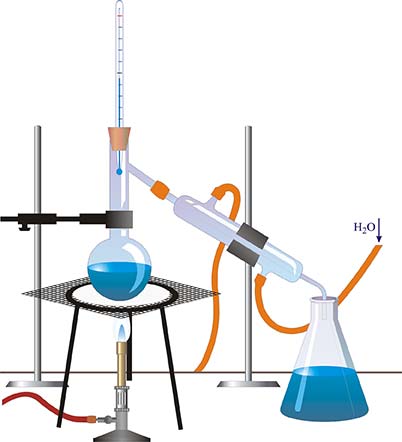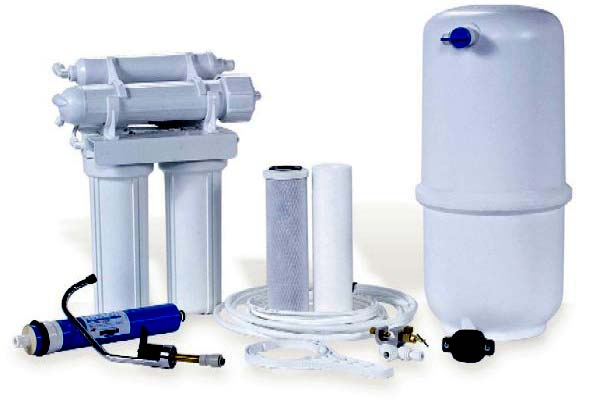Distillation is a water purification process that uses a heat source to vaporize water and separate it from contaminants and other undesirable elements commonly found in ground and surface water.
Distillation heats raw (untreated) water until the water reaches its boiling point and begins to vaporize. The heat is then kept at a constant temperature to maintain water vaporization while prohibiting other undesirable elements from vaporizing. Water has a lower boiling point than salt and other mineral sediments. Read more


